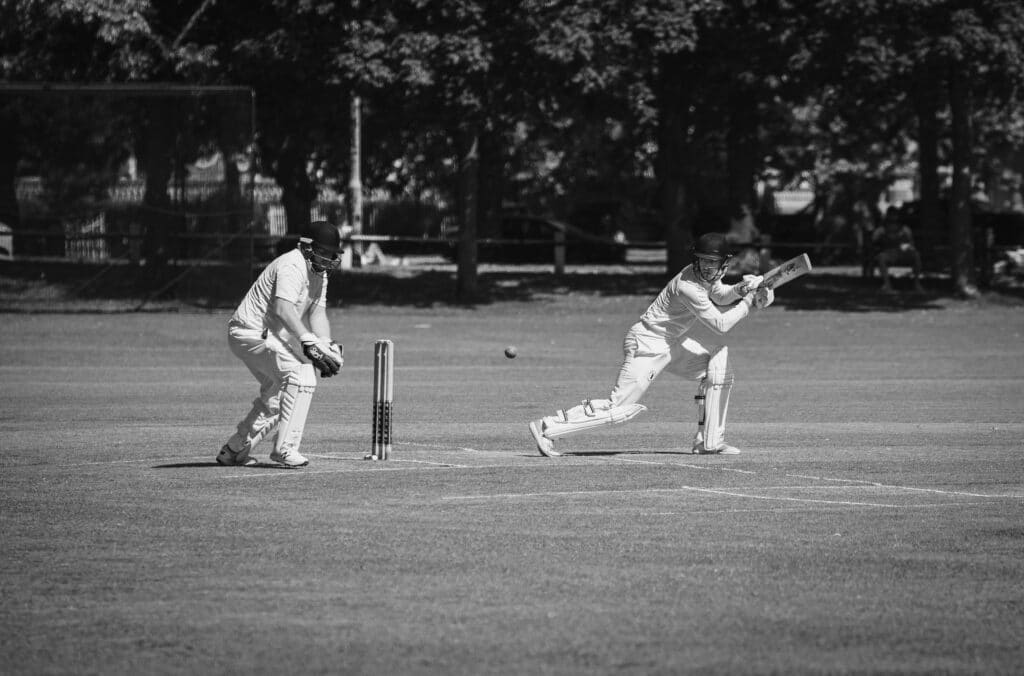Getting a good night’s sleep
What we’ll cover
Getting a good night’s sleep
It has long been known that getting a good night’s is important for our well being. More recently, we now know that sleep is also crucial for recovery and rehabilitation following injury or surgery. In fact, we also know that reduced or poor sleep also has a direct correlation on pain especially in chronic or persistent pain patterns.
Our physiotherapist Jason Lee investigates the best position for getting a good night’s sleep.
What is the best position to sleep in?
The best position to sleep in puts our body into a position with minimal stress or strain through or muscles, joints and ligaments. This generally means that our body is in a neutral position – avoiding unnecessary twisting or rotation.
Lying on either side or on your back is the best position to sleep. These positions generally place the least amount of stress or strain on our spine, muscles and ligaments. Whilst many of us may enjoy sleeping on our stomach, this position flattens out of spines natural curves placing increased pressure on the low back and increases strain through the neck as your head is commonly twisted to one side.
What is the best position to sleep in if you experience back pain?
For those who experience low back pain, finding a comfortable position at night can be difficult. Avoiding rotation through the low back is most important when sleeping if you experience low back pain or stiffness. For those who prefer to sleep on their side, placing a pillow between your knees can be a good way to maintain your lower back’s natural curves and avoid excessive rotation. If you prefer to sleep on your back, place a small pillow under your knees to ensure you have a slight bend through your knees.
What pillow is best to sleep on?
Having a supportive pillow provides appropriate support for your neck and head. A supportive pillow is important for those who may experience shoulder or upper back pain during sleep.
The aim of your pillow is to ensure that your head and neck is inline with the rest of your spine. A pillow that is too high will elevate your head excessively whilst a pillow that is too low will have your head fall excessively. A useful tip is that if you regularly place your hand or arm under your pillow for additional support, your pillow if not providing adequate support.
If you are a side sleeper, your pillow should support the gap between your head and shoulder. As a back sleeper, your pillow is aiming to support the curve just below your skull.
The softness or firmness of the pillow is personal preference. For those that prefer a soft pillow, the pillow will compress to fill those gaps whilst a firmer pillow may already be the appropriate size to support your head and neck.
How do I train myself to sleep in a different position?
Understandably, changing sleep position can be incredibly challenging. Start by making small changes. Sleep studies have shown that the average adult changes position approximately a dozen times throughout the night.
Whilst you may wake up in a different position to your starting position, setting up in an ideal position is a good starting point. If you continue to experience pain or difficulty finding a comfortable position, please call our friendly or book online.


